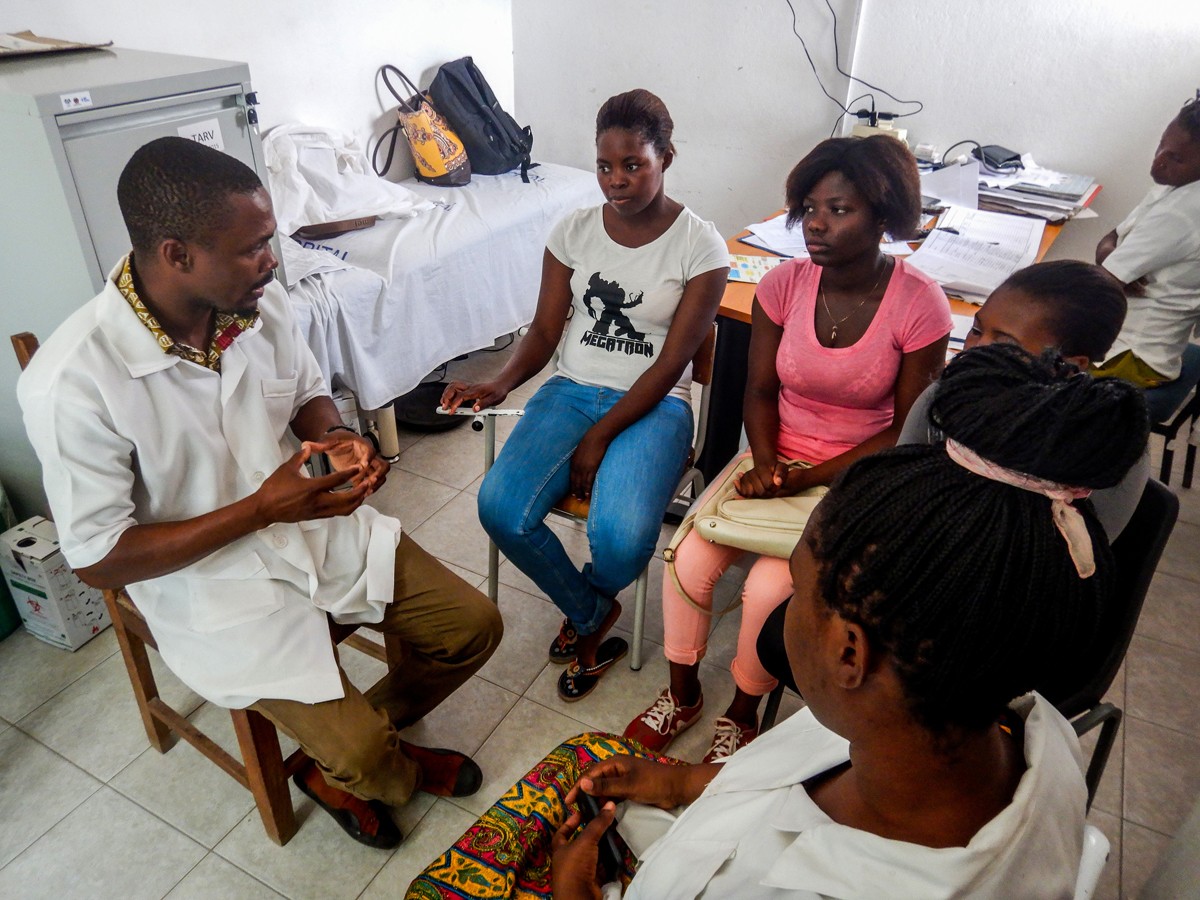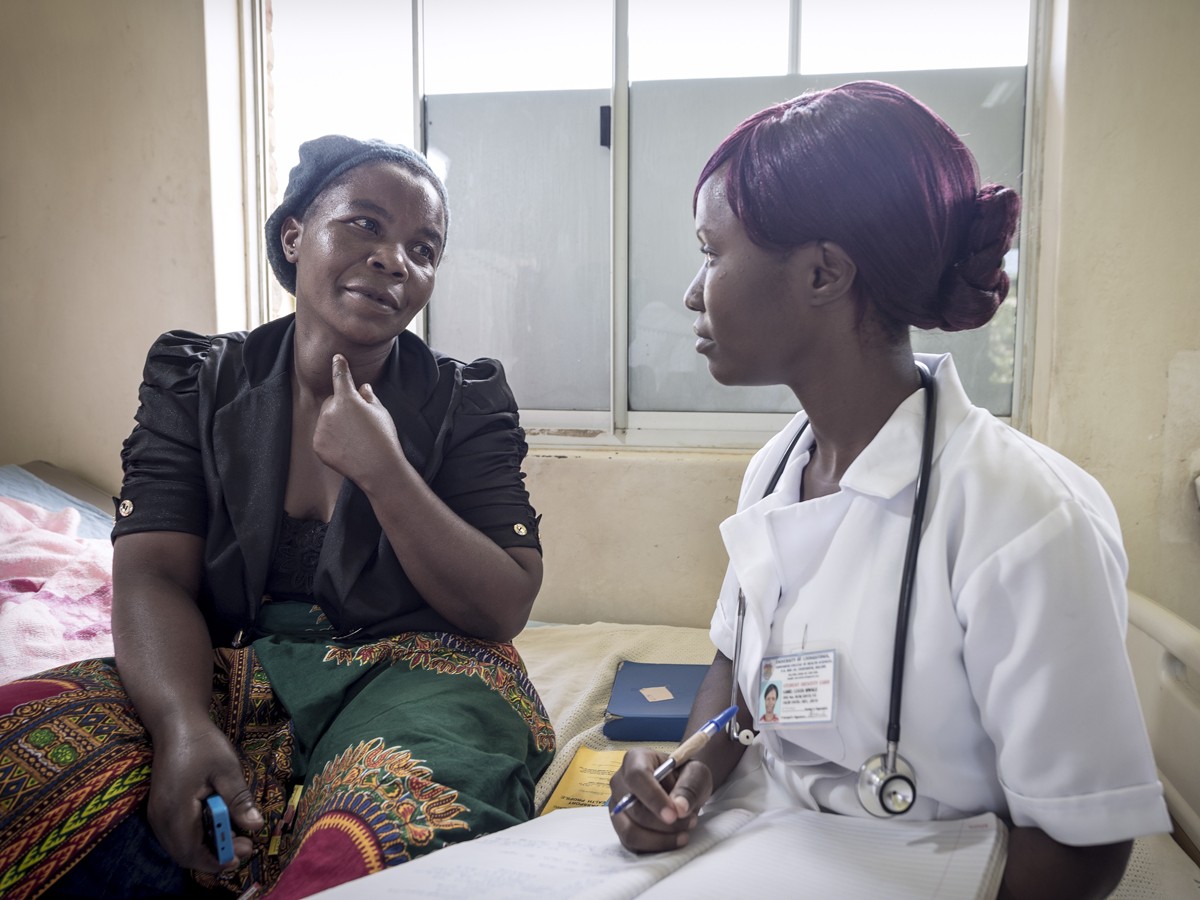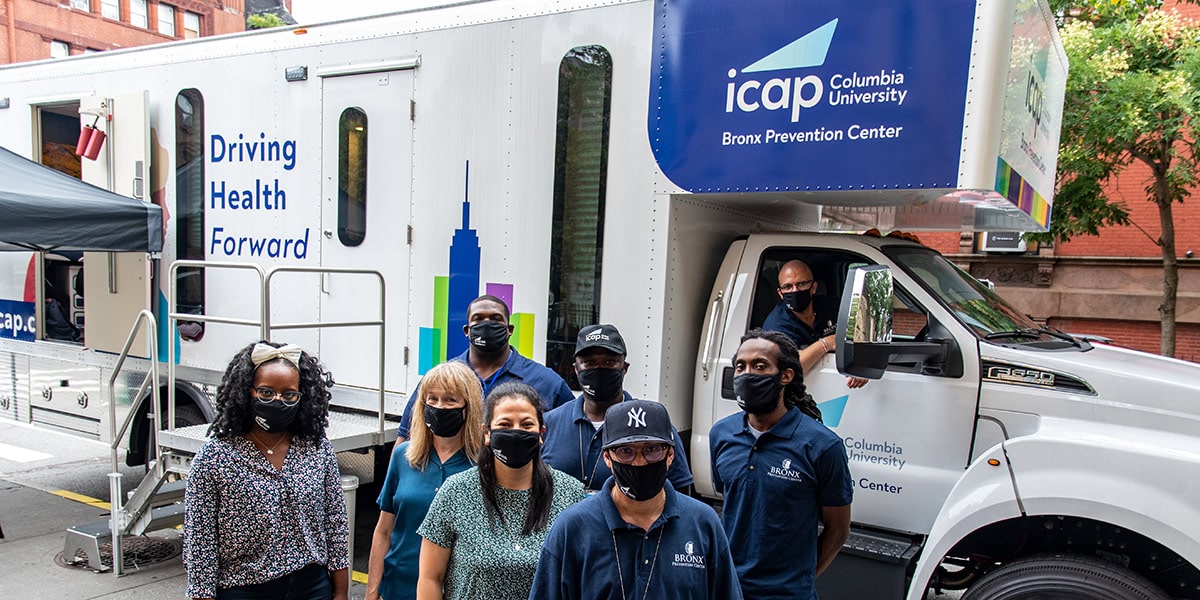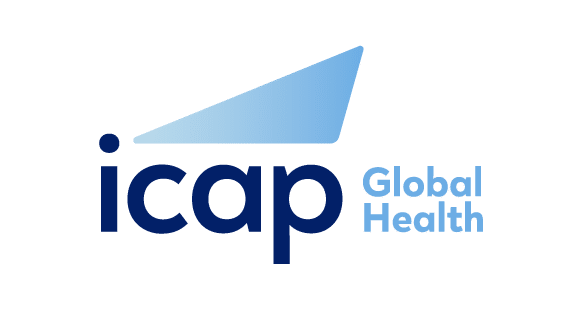Authors:
McCabe KC, Augusto A, Koole O, McCracken SD, Tiberi O, Boothe M, Sathane I, Honwana N, McOwen J, Young PW.
Abstract:
Non-disclosure of known HIV-positive status is a barrier to ending HIV as a global health threat as it leads to biased measurements of HIV-treatment coverage indicators and inaccurate estimates of epidemic progress, resulting in wasted resources. Identifying and understanding factors driving non-disclosure among people living with HIV is necessary for encouraging engagement with HIV services and improving treatment coverage, resource allocation, and monitoring of HIV programs in high HIV-burden areas. This analysis assessed factors associated with non-disclosure among survey respondents who had antiretrovirals (ARVs) detected in blood specimens. HIV-positive blood specimens (n = 2,038) from the 2021 Mozambique Population-based HIV Impact Assessment were tested for the presence of ARVs. Weighted prevalence estimates of non-disclosure and select covariates are reported and factors associated with non-disclosure modeled via multivariate logistic regression. Among 1,358 respondents with ARVs detected, 14.1% did not self-report their HIV-positive status during the interview. Adjusting for socio-demographic and clinical factors, non-disclosure was more likely among younger participants aged 15–24 years (adjusted odds ratio [aOR]: 2.15, 95% Confidence Interval [CI] 1.16–4.01) and among those without knowledge of their recent sexual partner’s HIV-status (aOR: 2.67, 95%CI: 1.38–5.15). Participants with an unsuppressed viral load were over six times (aOR: 6.27, 95%CI: 2.76–14.23) more likely to not disclose. Improving disclosure rates is vital to obtaining accurate HIV-treatment estimates and assessing epidemic progress. Initiatives prioritizing pre- and post-test counseling, stressing treatment literacy, emphasizing undetectable = untransmittable (U = U) campaigns, and encouraging programs that promote social support may encourage disclosure among individuals living with HIV.



